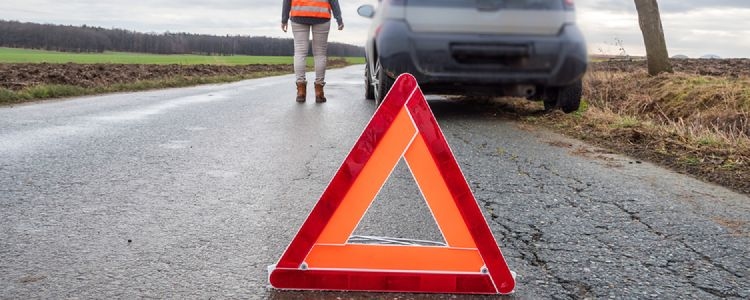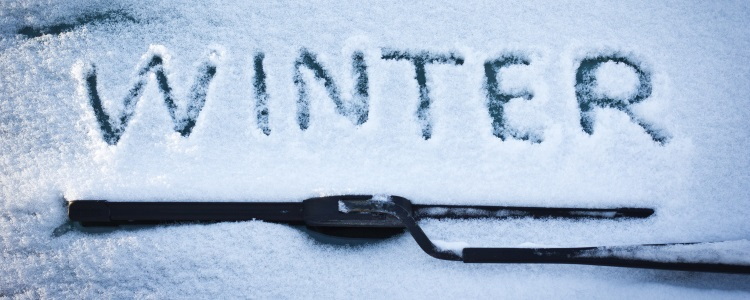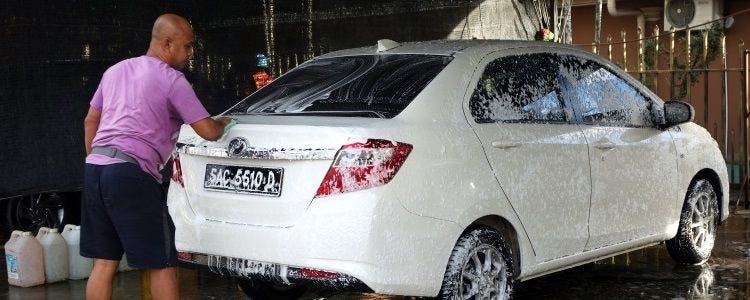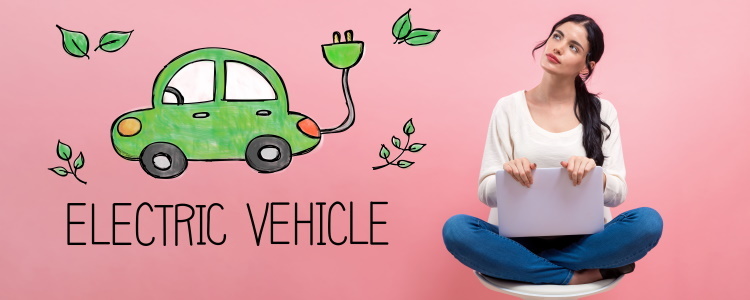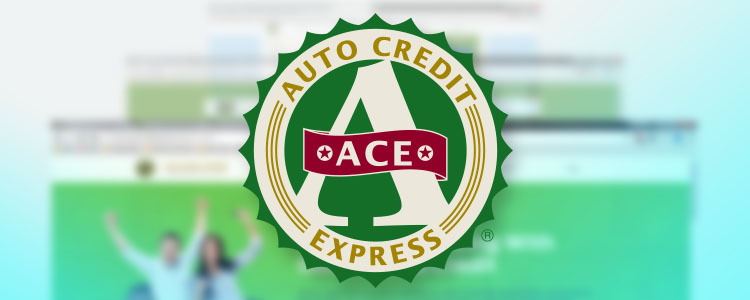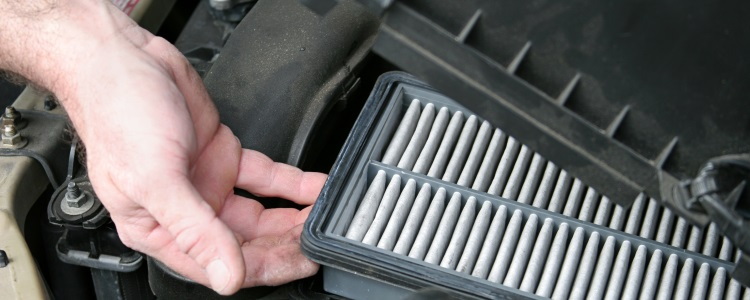With the first big cold snap of winter upon us it's time to take a close look at the extra attention needed to keep your vehicle performing at its best. 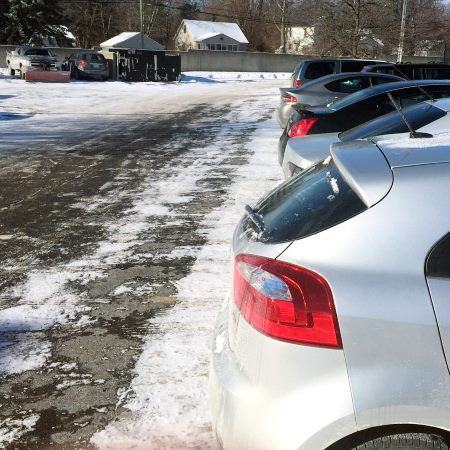

8 Sub-Zero Car Care Tips
Winter cold snaps
In most parts of the U.S. we know it's coming, but we're often not prepared when it suddenly hits. We're talking about cold winter weather and cars. Even though we know it will happen, over the summer months we often forget that frigid temperatures are particularly hard on vehicles in the northern tier of states.
So what's a car owner to do? After perusing various tips from sources including the Car Care Council, AAA and even PEMCO Insurance, we've come up with some preventative measures that should keep car owners "on the road" this winter.
Cold weather car care tips
1. Top off your tank – You don't necessarily have to keep your gas tank full, but the more gas it has, the less chance there is for moisture to form that can cause fuel lines to freeze. Try keeping it at least half full when temperatures drop.
2. Have your battery checked – Be sure the charging system checks out and your battery is up to the task, as cold weather is particularly hard on batteries. Certainly carrying a set of jumper cables isn't a bad idea this time of year.
3. Check the heater, defroster and wipers – Staying warm and being able to see out are important. Change the wiper blades if needed (winter ones are especially helpful) and consider using cold weather washer fluid.
4. Check tire condition and pressure – Driving in snow requires good tread depth (special winter tires are even better) and since tires can lose pressure when the temperature drops, they should be checked weekly this time of year.
5. Have the brakes checked – Good brakes are essential for safe winter driving.
6. Check the engine oil and cooling systems – Cold weather driving is tough on your engine. If an oil change is coming up, consider switching to "winter weight" oil if you live where it's especially cold. If your antifreeze is old, have the cooling system flushed.
7. Check the exhaust system – since you should allow a little more time for engine warm up and your windows will be closed more often, it's important that there are not carbon monoxide leaks coming from your vehicle's exhaust system.
8. Check interior and exterior lights – The darkness of winter means it's important to be seen this time of year. Be sure your headlights are aimed properly so you'll know where you're going.
The Bottom Line
Winter driving can be especially hazardous, so it's always a good idea to make sure your vehicle is in good shape – especially when temperatures drop below zero.

Senior Auto Financing Writer
Steve is an in-house expert with years of experience writing about car loans and financing with bad credit. Steve also brings his unique expertise as a contributing writer of car reviews and other content on our sister websites CarsDirect and LotPro.
Suggested Posts For You
Receive Free Updates
Get the latest credit tips, resources and advice delivered straight to your inbox.

